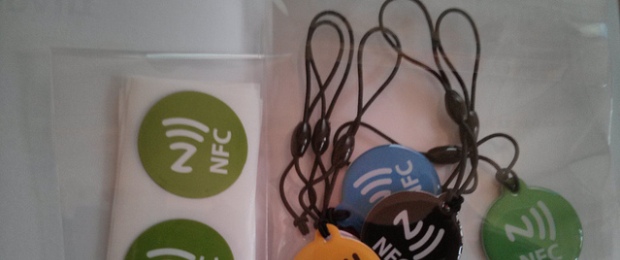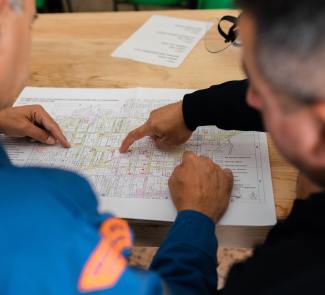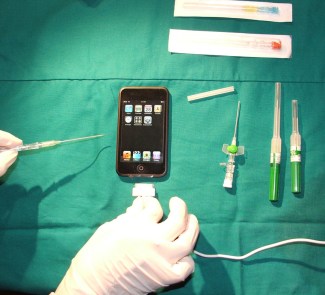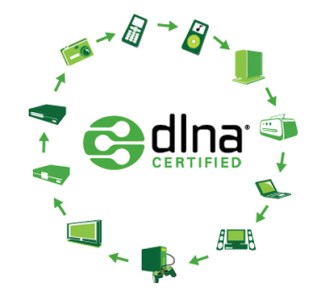NFC or near field communication is not a new technology. In fact, so much has been said of it in recent years that the term is starting to get a little worn. Proposed and debated as the hope to give a real boost to mobile payment, this form of wireless communication had its beginnings in the NFC Forum, which served to define its standards. Manufacturers Nokia, Philips and Sony founded this platform in 2004 Today it has more than 150 members.
Nine years after the establishment of the NFC Forum the technology has not yet taken off as a means for mobile payments. But many smartphones are equipped with it and it has many uses. Some of these have been favoured by companies that have used NFC in programming their applications, but many others are available to users, who can customize the NFC smart tags, which are chip-based physical labels into which codes can be entered.
We must bear in mind that NFC is a wireless communication technology. That is, it allows the passage of information –of any kind– from one point to another and vice versa. Device manufacturers have found a way to promote this aspect of their smartphones, presenting it as a way to share content with friends.
The options promoted by device manufacturers
Samsung, Sony, HTC, LG, Nokia … several leading brands of mobile devices incorporate NFC into their terminals. Perhaps they are hoping that mobile payments will take off, but meanwhile they are introducing applications and means of using this technology. The Galaxy S IV allows users to exchange files and documents using an application.

This is one of the most common uses. Photos, videos, work documents and other data in any format can be exchanged between two terminals. Several manufacturers have provided this functionality and their phones incorporate the means necessary to carry out this action by default. However, there are companies that have gone further, introducing NFC tags in other devices. Sony has done it with their sound equipment that when touched plays music stored on a smartphone .
Programming smart tags
But perhaps the most creative part lies in the smart tags, which are user programmable. NFC tags, small medals or cards contain a microchip capable of storing orders and sending them via this type of communication to a smartphone. This personal component significantly expands the possibilities. Companies do not need to be behind this technology, promoting it while at the same time limiting its use.
Another natural use of NFC tags, which can be purchased in various places throughout the Internet, is as substitutes for QR codes. This technology, that has never really taken off, takes the user to a link or gives access to a file when the user downloads the code. Smart tags can be placed in museums and exhibitions to provide complementary information on the display.
But we can also use tags to automate everyday tasks. Let’s say a user gets up and then the first thing he does is check his email and look at the day’s news. We could program a smart tag so that when the user approaches with his smartphone, his inbox is refreshed and the terminal opens his favourite news application.
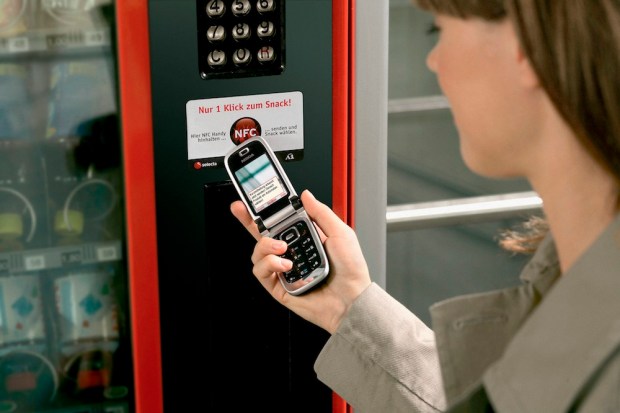
Continuing with everyday examples, a director of a company can schedule a smart tag to connect to the instant messaging application on his smartphone and send a default text to all contacts in a working group. In this way, he could remind his team that they have a meeting with him on that day.
It would also be possible to create multiple tags that connect to the Spotify smartphone application. In this way, when the user gets home and connects the terminal to the speakers a given playlist will automatically begin playing. While at the office the user will have a smart tag that leads to another group of songs, more suitable for the workplace.
It is possible to have an NFC tag in the car and suited to the circumstances, so that when we sit and place the smartphone close, it activates the GPS and enters hands-free mode. For a business such as a shop or a bar, you can also help to put a smart tag that redirects to its site on Foursquare or Facebook page. Users might even include an algorithm that determines that one out of a certain number of people who read the label will receive a prize.
NFC Business card
Programming NFC tags also raises the possibility of using this technology to create business cards. The foundations for this have been laid by the company MOO, which sells these components modified at will to include the required information.
The company sells its own smart tags with business cards. Thus, instead of offering the typical card, with little usable data like email or URL, the user offers the NFC tags so the other person can receive it on his or her smartphone. Apart from the typical information, the user can give the order to open Google Maps with the location of the business, show the Facebook page or LinkedIn profile, among other features. MOO has also launched an application for Android that lets you customize smart tags this way.
Image: wetwebwork
